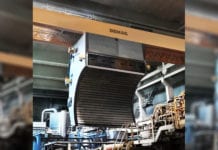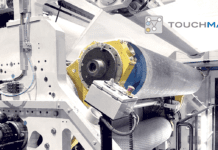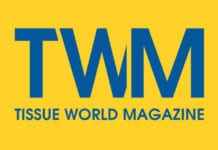(News from RISI) Nanning Sugar Industry has decided to cancel a 20,000tpy tissue project planned at its former Pumiao mill in Nanning city, Guangxi autonomous region.
The 130,000tpy bagasse pulp mill has instead been sold to a state-owned firm called Nanning Tongyi Assets Management at a price of RMB 691.5 million ($112 million).
Nanning Sugar will use the amount to pay back bank loans.
The firm originally planned to establish a joint venture called Yuewei Paper with two partners to manage new tissue capacity, and use the output from the Pumiao site to make tissue.
But soon after publicising the tissue plan, the firm announced it would seek to auction off the Pumiao mill, throwing the tissue project into doubt.
Last December Nanning Tongyi acquired the fibre facility.
The major shareholders of both purchaser and seller in the transaction are owned by Nanning authorities.
Mills closed: Nanning Sugar used to be a major regional pulp and paper maker in Guangxi, but it has closed a lot of machinery over the past several years to tackle the weak market situation in China.
Prior to the sale of Pumiao mill, it shut down a 35,000tpy printing and writing paper plant in Nanning in 2012.
In 2013, it announced it would shut down a 50,000tpy cupstock mill and a 50,000tpy uncoated fine paper site in the same city.
Also, Nanning Sugar rented out a 40,000tpy tissue plant last year to a local firm called Nanning Meina because of poor performance.
The lease is running from last March to 28 February, 2018, at a price of RMB 6 million each year.
Currently, Nanning Sugar only runs a 15,000tpy paper mill in Nanning.
2013 results positive: The firm reported sales revenue of almost RMB 4.4 billion for 2013, up 32.83% over 2012.
Its net profits soared by 115.91% year-on-year to RMB 49.3 million in 2013.
The firm explained that increasing sales of sugar contributed greatly to the positive results.
The sale of Pumiao mill and the closure of other mills also helped boost its performance.






























